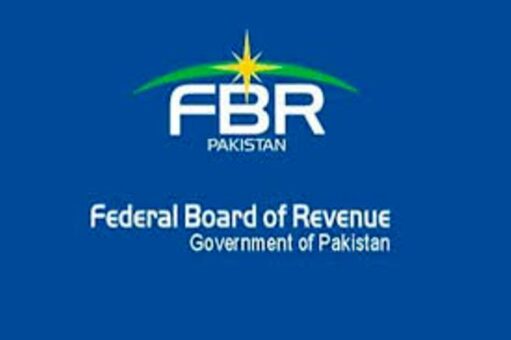ISLAMABAD – The Income Tax Ordinance 2001 has laid out specific provisions for addressing unexplained or concealed income and assets, offering a framework for taxation during the tax year 2019.
Section 111 of the Ordinance defines the parameters of unexplained income or assets, providing transparency and guidelines for both taxpayers and tax authorities.
Section 111: Unexplained Income or Assets
Sub-Section (1) of Section 111 addresses various scenarios where unexplained income or assets may come into play. These include:
(a) Any amount credited in a person’s books of account.
(b) A person’s investment or ownership of money or valuable articles.
(c) Expenditures incurred by a person.
(d) The concealment of income or provision of inaccurate income particulars, encompassing the suppression of production, sales, tax-chargeable amounts, or items of receipt liable to tax.
If a person fails to offer a satisfactory explanation about the nature and source of any of the aforementioned, these unexplained amounts will be included in the person’s income chargeable to tax under the head “Income from Other Sources,” provided they are not adequately explained. Notably, if a taxpayer explains such amounts as agricultural income, the explanation will be accepted to the extent of agricultural income worked back on the basis of agricultural income tax paid under the relevant provincial law.
Sub-Section (2) of Section 111 stipulates that the unexplained amounts will be included in a person’s income chargeable to tax in specific tax years:
(i) If the amount is related to investments, money, valuable articles, or expenditures situated or incurred in Pakistan, or concealed income is Pakistan-source, it will be included in the tax year to which it relates.
(ii) If the amounts are discovered by the Commissioner to be situated or incurred outside Pakistan and concealed income is foreign-source, they will be included in the tax year immediately preceding the year of discovery.
Sub-Section (3) of Section 111 allows the Commissioner to include in a person’s income chargeable to tax the difference between the declared cost of an investment or valuable article and the reasonable cost, or the declared amount of expenditure and the reasonable amount, if the declared cost is less than reasonable.
Sub-Section (4) provides certain exceptions to the application of Sub-Section (1), including:
(a) Exemption for foreign exchange remitted from outside Pakistan, not exceeding ten million Rupees in a tax year and encashed into rupees through a scheduled bank with an appropriate certificate.
(c) Exemption for amounts invested in acquiring immovable property, computed based on a specific formula, provided certain conditions are met.
This clause ensures that the value computed under Section 68 is compared to the value recorded by the authority registering or attesting the transfer, with the applicable clause only coming into effect if the computed value is greater than the recorded value. Importantly, the taxpayer is entitled to incorporate the amount computed under this clause in tangible form if they have paid tax under Section 236W.
The Income Tax Ordinance 2001’s Section 111 serves as a vital tool in ensuring tax compliance and preventing tax evasion by addressing unexplained or concealed income and assets. These provisions contribute to a fair and transparent tax system in Pakistan and provide taxpayers with a clear understanding of their obligations under the law. It also empowers tax authorities to take appropriate actions when dealing with unexplained financial transactions, ultimately contributing to the country’s revenue generation and economic stability.
